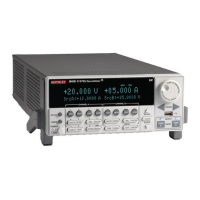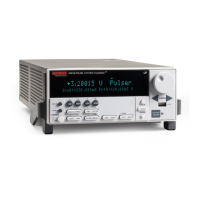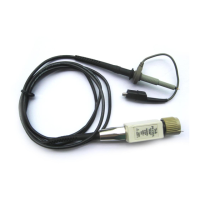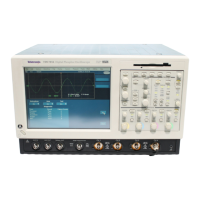reset()
-- Clear the display.
display.clear()
-- Prompt the user for a voltage value to source.
srcVoltage = display.prompt("+000.00", " V", "Enter source voltage", 5, -20, 20)
-- Prompt the user to enable measurements.
measEnable = display.menu("Measurements?", "ENABLE DISABLE")
if measEnable == "ENABLE" then
-- Prompt the user for the number of measurements.
numMeas = display.prompt("0000", " Rdgs", "Enter the number of readings", 10,
0, 9999)
smua.measure.count = numMeas
smua.nvbuffer1.clear()
end
-- Convert user input to the source level.
smua.source.levelv = tonumber(srcVoltage)
smua.source.output = smua.OUTPUT_ON
if measEnable == "ENABLE" then
-- Inform the user that measurements are in progress
display.setcursor(1, 1)
display.settext("$BPlease wait.$R$NMeasure operation in progress.")
smua.measure.i(smua.nvbuffer1)
display.clear()
-- Inform the user that the Source Measure operation has finished
display.settext("Operation Finished$NSource-Measure Complete")
else
-- Inform the user that the Source operation has finished
display.settext("Operation Finished$NSource Complete")
end
-- Wait 5 seconds then return to the main screen.
delay(5)
display.screen = display.SMUA
Fundamentals of programming for TSP
To conduct a test, a computer (controller) is programmed to send sequences of commands to an
instrument. The controller orchestrates the actions of the instrumentation. The controller is typically
programmed to request measurement results from the instrumentation and make test sequence
decisions based on those measurements.
To use the advanced features of the instrument, you can add programming commands to your scripts.
Programming commands control script execution and provide tools such as variables, functions,
branching, and loop control.
The Test Script Processor (TSP
®
) scripting engine is a Lua interpreter. In TSP-enabled instruments,
the Lua programming language has been extended with Keithley-specific instrument
control commands.
